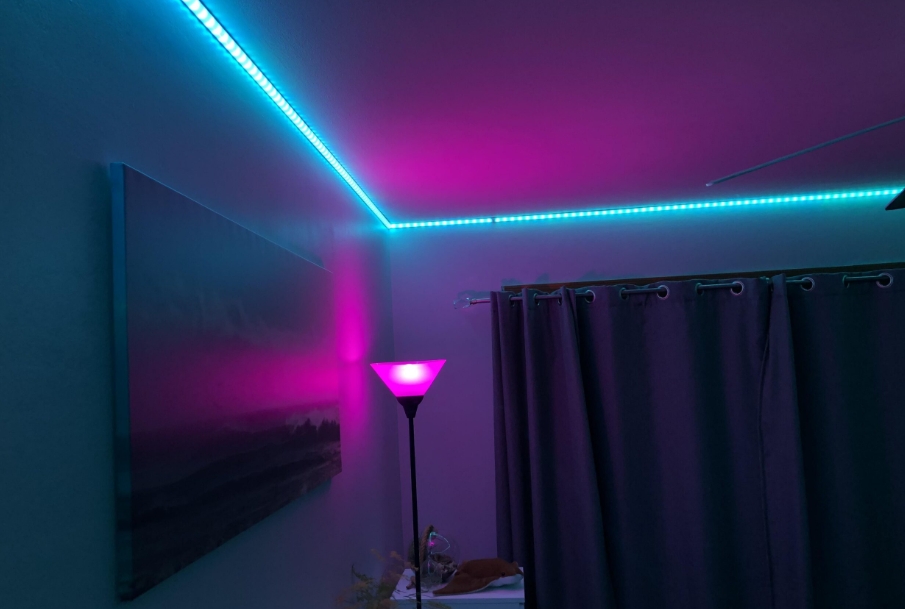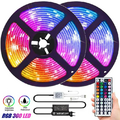What Are the Challenges Facing LED Strip Light Manufacturers?
Navigating Through Supply Chain Disruptions
One of the most significant hurdles that LED Strip Light manufacturers encounter involves supply chain volatility. Over the past few years, disruptions caused by global events have led to shortages in essential materials like semiconductors and copper, which are critical for producing LED strip lights. Prices for these materials have seen fluctuations ranging from 15% to over 30% within months, impacting production costs and timelines.
Staying Ahead in a Competitive Market
The market for LED strip lights is fiercely competitive, with numerous players entering the field. Manufacturers must constantly innovate to stay relevant. This includes developing products with better efficiency, longer life spans, and smarter features like IoT connectivity. The cost of research and development can be substantial, often representing up to 20% of small manufacturers' annual revenues.

Addressing Environmental Regulations and Sustainability Goals
Environmental sustainability is another pressing challenge. Governments around the world are tightening regulations on electronic waste and energy efficiency. Manufacturers must comply with these evolving standards, which often require costly adjustments in manufacturing processes and product designs. For instance, the push for reduced use of hazardous substances like lead and mercury demands that manufacturers revamp their production lines, a move that can be financially draining.
Meeting Consumer Demands for Quality and Innovation
Consumers today expect high-quality products that offer both functionality and aesthetics. LED strip lights must not only provide superior light output and color accuracy but also integrate seamlessly into smart home systems. Meeting these demands requires ongoing technological enhancements and quality control measures that can strain a manufacturer's resources.
Strategic Response to Challenges
To address these challenges effectively, manufacturers must invest in resilient supply chain strategies, such as diversifying their supplier base to mitigate risks. Investing in sustainable materials and production techniques is also becoming crucial to comply with regulatory demands and appeal to environmentally conscious consumers. Additionally, fostering a culture of innovation can help manufacturers keep pace with technological advances and consumer expectations.
For an in-depth look at how one LED Strip Light manufacturer is tackling these industry challenges through innovation and strategic planning, visit their website. They provide valuable insights into adapting to the evolving market conditions while prioritizing sustainability and consumer satisfaction.





